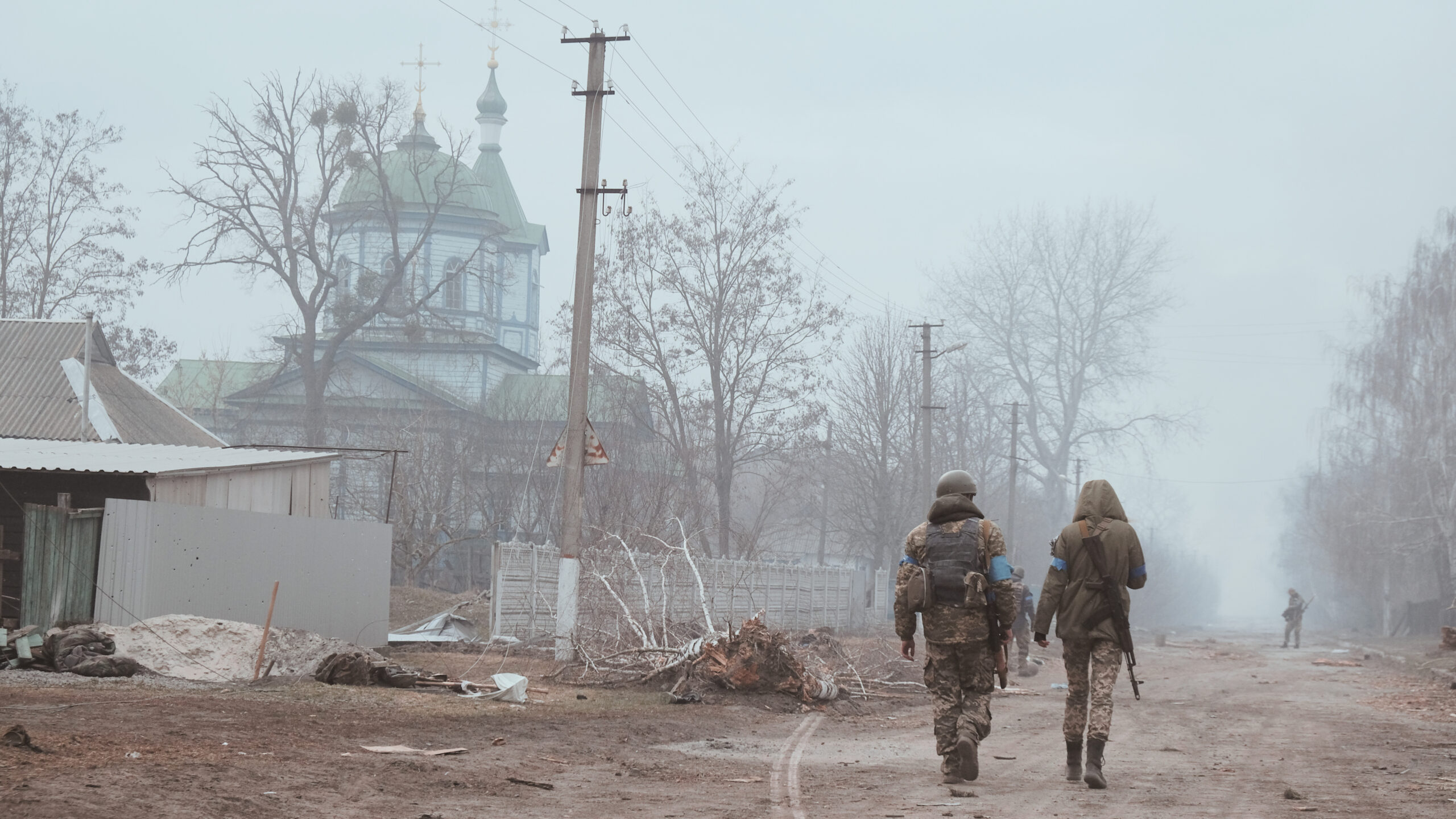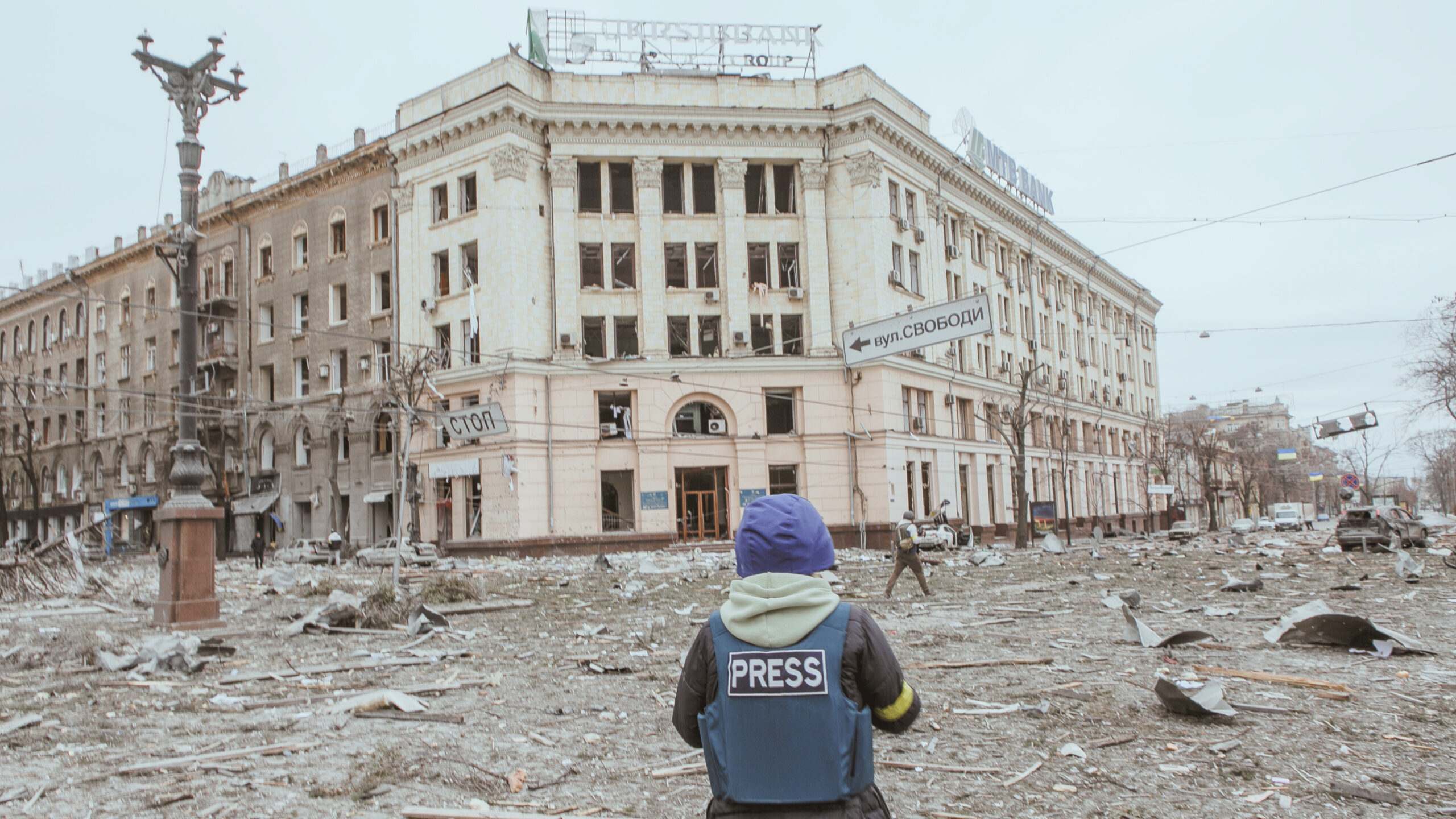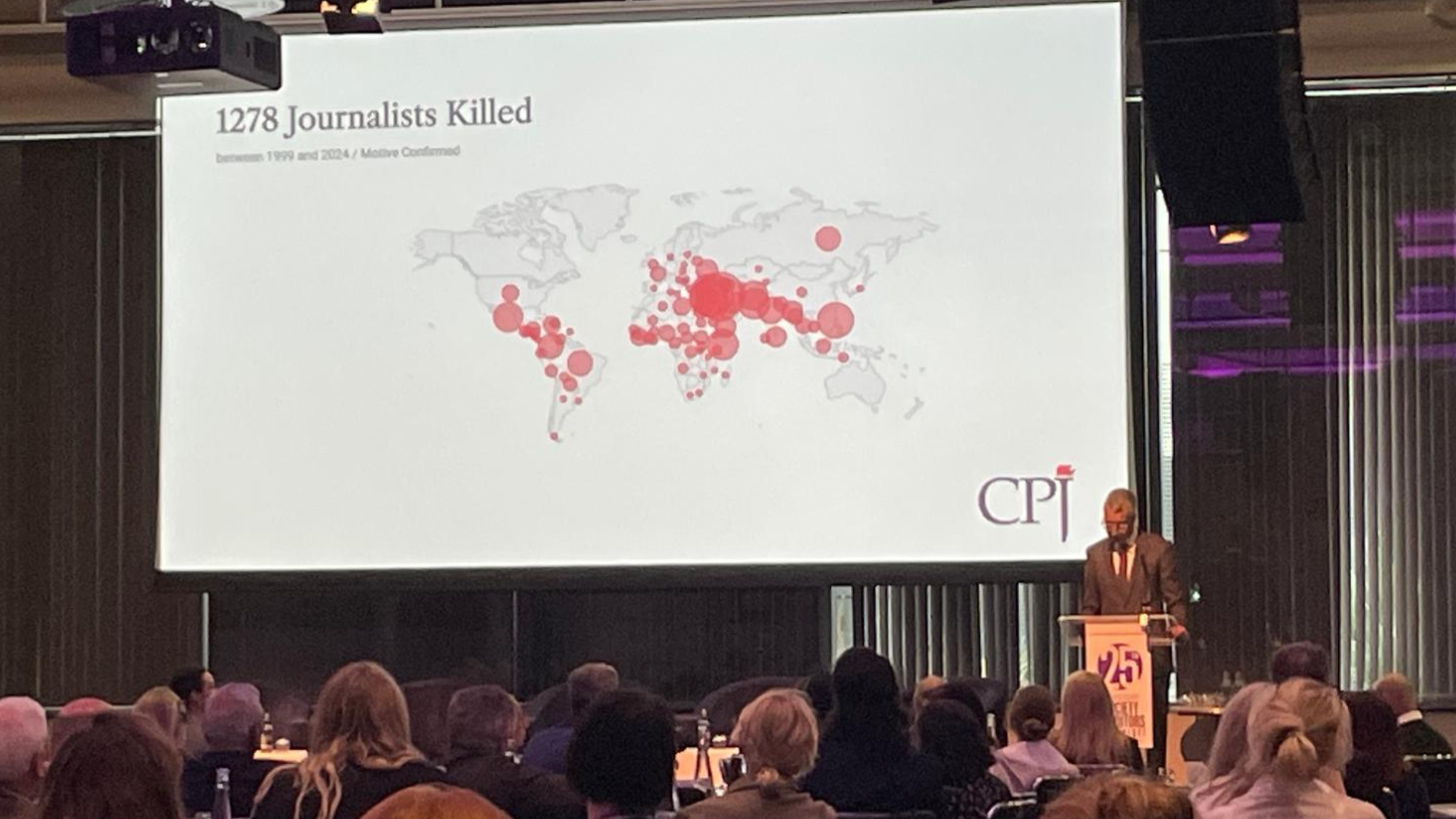Ukraine Battle Tactics Review
This February will mark two years since the escalation in the Russo-Ukrainian war. In the cold winter months, the land offensives from both sides are on ice. The aerial war not so much, with Russia intensifying attacks in late December and early January. For those in Ukraine, the threats are constantly evolving and the conflict landscape changing.
Since January 2022, RiskPal has been supporting media clients covering the Ukraine conflict. We have been closely observing the battlefield tactics employed by Russia and Ukraine in order to communicate the changes in approaches that may affect our clients’ safety.
In this article, we share our insights of the battle strategies used in 2023 and the adaptations made by both parties. Our goal is to enhance the preparedness of those operating in the war zone, particularly journalists embedding with Ukrainian forces in the future.

Escalation of Aerial Attacks in Ukraine
This recent Christmas and New Year period marked a significant escalation in missile and aerial attacks in Ukraine. According to the Financial Times in December 2023, Russia launched approximately 600 drone and 200 missile attacks against Ukrainian targets. The intensity continued in January, with around 200 drone and 140 missile attacks recorded at the time of writing.
Civilian infrastructure has frequently been struck. For individuals reliant on hotels, worryingly two popular establishments were hit in Kharkiv – the Kharkiv Palace and the Park Hotel. In both incidents, journalists staying at the hotels were injured, alongside other guests and staff.
Destruction occurred across the country, most notably in Kyiv, Dnipro, Odessa and Lviv. According to The Economist, Russia’s focus has primarily been on attacking defence facilities, particularly those involved in missile and drone production. The Economist further suggests that Ukraine will increase aerial bombardment of Crimea over the winter period.
Shifting Dynamics of the Artillery War
Throughout much of this war, Russian and Ukrainian artillery units have engaged in a protracted war of attrition across multiple fronts. Quantity of shells and the range of the guns are crucial to determining who achieves the upper hand.
During the peak of Ukraine’s summer counter-offensive last year, Ukraine was deploying approximately 7,000 shells daily, surpassing Russian usage. However, this dynamic has shifted. In the past month, Ukrainian forces have been restricted to a reduced rate of 2,000 shells per day, while the Russians have escalated their firing rate to five times that amount.
Russia continues to ramp up production of military hardware which, if Ukraine is unable to match, may further swing the balance of power on the battlefield.
Challenges and Losses in Drone Warfare
No other war has witnessed the use of drones on such a massive scale. From reconnaissance to weapons launch platforms to direct Kamikazee strikes, unmanned aerial drones are proving to be crucial to both sides.
RUSI estimates that Ukraine is losing 10,000 drones a month, underscoring the widespread use of this technology. The Ukrainian military heavily depends on First Person View (FPV) drones, manufactured through what can be described as a cottage industry. Many of these FPVs are assembled at the front lines, with troops modifying their payloads, which is dangerous work. Anyone in close proximity to the assembly process, is at risk of being caught in an accidental explosion.
Russian Advancements in Drone Technology
Whilst Russia initially lagged behind in terms of drone usage on the front lines, they have certainly caught up. Russia possesses an extensive surveillance capability on Ukrainian frontline positions and ability to attack rapidly. Russia’s Lancet loitering munition is proving particularly effective as these small, compact drones are hard to detect and operate on unpredictable flight paths, making interception difficult.
According to the Financial Times, “the ubiquity of drones on the battlefield is one reason why Ukraine’s long-awaited counteroffensive failed to make any significant territorial gains and why the land war is now largely static.”
Russia can deploy attack drones as quickly as four minutes after a surveillance drone acquires a target, such as a grouping of tanks, armoured personnel carriers (APCs) or infantry units. Fire control using apps linking surveillance drones to gun positions also results in rapid targeting by indirect fire.
The Role of Electronic Warfare
Electronic warfare, or EW, is the best way to limit or nullify drone surveillance or attacks. Disrupting the transmission link between a drone and its operator, effectively renders the drone useless.
The Ukraine military has rushed to develop miniature EW devices that can be fitted to individual vehicles and operated unilaterally by vehicle commanders. This targeted approach is considered more effective in neutralising drones compared to a ‘blanket’ approach of EW over a wide area.
Challenges for Journalists in Electronic Warfare
Unfortunately, the use of EW interferes with any communication systems that journalists use. Once a journalist is committed to an embed with Ukrainian units, contacting them, even in an emergency, is very difficult.
Russia has also developed significant EW capacity dating back to the Soviet period. On the battlefield, the Russian electronic warfare system jams the GPS-signals necessary for Ukrainian targeters to great effect. A May 2023 RUSI report suggests that Russia is positioning one major EW system approximately every 10 kilometres, often mounted on trucks. With a range of 10 kilometres, these systems enable the Russians to exert control over Ukrainian drones across vast swathes of the Front while simultaneously acquiring precise coordinates of its piloting location with an accuracy of one meter. These coordinates are then transmitted to artillery batteries.
Despite the EW capacity the Ukrainian Army now has, any journalist looking to embed must accept that Russian surveillance drones are ubiquitous, and the Russians can now strike targets much quicker than previously.
Evolution of Russian Air Tactics
Many anticipated that the Russian air force would quickly establish aerial dominance when their ground forces invaded Ukraine; this did not happen. In the first phases of the conflict, Russian military aircrafts operated at very low altitudes, directly over the frontline, with the intent of firing unguided bombs and rockets. These maneuvers are inherently risky and Ukrainian forces successfully downed approximately 70 Russian warplanes.
In 2023, the Russian air force adapted its tactics, placing greater reliance on glide bombs. These are air-launched free-fall bombs fitted with adjustable fins that enable them to cover more distance and navigate effectively. Importantly, glide bombs are far cheaper to produce than guided missiles and are immune to jamming. Launched at an altitude of 15 kms, with a range of approximately 50 kms, Russian bombers can strike Ukrainian positions without leaving their airspace. These weapons are proving lethal because they are very difficult to defeat. They also have payloads exceeding 3,000 pounds, making them highly effective in demolishing large structures.

Battlefield Movements, Tactics and Challenges for Journalists
Whilst many news stories focus on large scale pitched ‘battles’ such as Bakhmut or Avdiivka, or the Ukrainian push to Tokmak, in many respects the war is unfolding in thousands of small actions along tree lines and forward edges of forested areas. Both sides have adapted their tactics for attacking and defending territory since the onset of the war.
In the early stage, the Russian army frequently committed hundreds of infantries in all-out assaults across open terrain, resulting in significant losses. Unsurprisingly, the Russian infantry has now shifted to rapid assaults by platoon-minus formations, using APCs.
Once a target is identified by Russian reconnaissance, often on the edge of a wood or tree line, the Russian APCs race across open fields with substantial fire support from tanks and indirect fire. The element of surprise of these extremely rapid assaults leaves Ukrainian defenders with minimal time to react, contributing to their effectiveness.
Drone surveillance makes daylight movements hazardous. Ukrainian troops now move to the Front in small squads at night, prepared for action at dawn. Due to a shortage of APCs, they often move in unarmoured vehicles, leaving them highly vulnerable.
Journalists are increasingly using their own armoured vehicles to travel up to a ‘hidden’ lay-up point and then infiltrate the final stretch on foot at night. A choice not without its own risks.
Summary and Anticipated Challenges for 2024
Working on the frontlines and embedding with the Ukrainian military has always been a hazardous assignment. The Ukrainian military has performed valiantly in the field, however, for journalists working alongside them in 2023, the risks changed.
Russian forces adapted their use of drones, aerial bombing techniques and made changes to their assault tactics. The indications are that in 2024, Russian forces will have more firepower to deploy, coupled with greater surveillance and electronic warfare capabilities. This will further intensify the challenges faced by those working alongside Ukrainian troops.
Military embeds will always be a key part of war reporting. Staying abreast of tactical developments is crucial for maintaining the safety and effectiveness of individuals operating in this complex and evolving conflict landscape.
Authors: David Holley and Victoria Adams
At RiskPal, we empower safety and security leaders to drive safety engagement within their organisation. RiskPal is a smart risk assessment platform that streamlines safety processes. It not only provides users with best practice guidance for hundreds of scenarios, allowing them to ensure risk controls are robust, but makes past assessments easy to find and use again.
We are dedicated to making safety simple and compliance straight forward. Reach out if you have any questions or need assistance in enhancing your safety and risk management processes.



